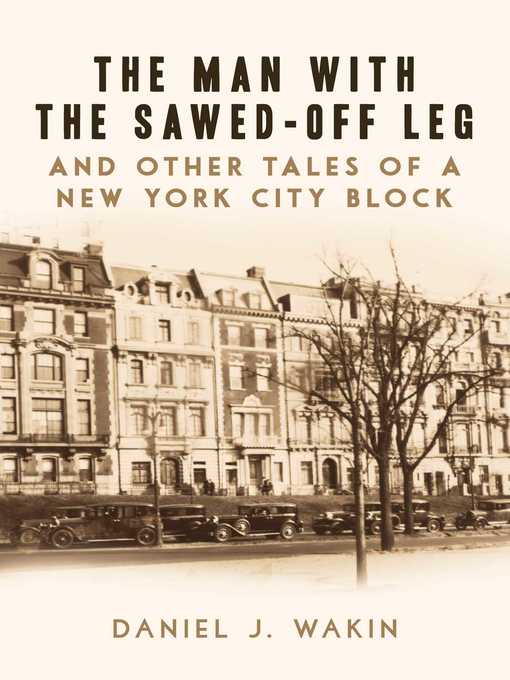
The Man with the Sawed-Off Leg and Other Tales of a New York City Block
کتاب های مرتبط
- اطلاعات
- نقد و بررسی
- دیدگاه کاربران
نقد و بررسی

November 13, 2017
Wakin, a reporter and editor at the New York Times, delivers his shallow history of New York City from the perspective of residents of the same Riverside Drive block during the first half of the 20th century. Upon returning to his childhood neighborhood in 2000, Wakin’s fascination with “the notion that buildings have life stories drawn from the flesh and blood beings who pass through them” prompts him to revive obscure stories of those who had lived in the buildings on his block. Wakin’s “juiciest tale,” about a 1934 armored-car heist in Brooklyn, occupies a disproportionate amount of the book and has only a minimal connection with its ostensible focus: one of the thieves accidentally shot himself and was taken to a boardinghouse at 334 Riverside Drive, where he succumbed to his injuries. Other sections recount the construction of buildings and the stories of their occupants, including Japanese scientist Jokichi Takamine, a scion of the pencil-manufacturing Faber family, and William Randolph Hearst’s mistress Marion Davies. In the absence of more substance, Wakin resorts to imagining what interactions between some of the residents would have been like. The result is superficial and a lost opportunity.

November 1, 2017
A septet of Manhattan buildings becomes the setting for this study of prewar comings and goings on the part of their wealthy, famous, and criminal inhabitants.Pity Bernard McMahon, aka Bennie the Bum, who, in 1934, had the bad fortune to blow his kneecap off accidentally after taking part in a notorious armed robbery that "was then the most lucrative armored car heist in United States history." Bennie bled out and died, making his association with Legs Diamond all the more ironic--though, as New York Times reporter and editor Wakin writes, John Dillinger may also have played a part in the caper, and just about anyone who was anyone in the Gotham crime scene came under suspicion. McMahon's case lies at the heart of the book, which centers on a group of seven stately Beaux Arts buildings on Manhattan's Upper West Side, buildings whose fortunes have waxed and waned and waxed again. Among the inhabitants he profiles are Marion Davies, the one-time mistress of media mogul William Randolph Hearst, and Lucretia Davis, heir to a baking powder fortune, who, as a widow, "shocked and outraged the circle of family who experienced her benevolence" by marrying her chauffeur, then had the marriage annulled but sold off one of the buildings in order, Wakin speculates, to buy him off. Other figures in the book include Jokichi Takamine, a Japanese inventor well-known in his native land but obscure here; members of the of-pencil-fame Faber family; and jazz great Duke Ellington. Wakin never goes deep, and though his book is gossipy fun, it might have been more effective if confined to the Rubel heist itself, which is a fascinating case study in crime and (eventual) punishment in the heyday of organized crime. Some of the force of that story is diluted by side tracks into the less interesting, though still meaningful, threads involving the lesser players.For fans of New York-iana, including historic preservation buffs as well as collectors of true crime, eccentrics, and odd moments.
COPYRIGHT(2017) Kirkus Reviews, ALL RIGHTS RESERVED.

























دیدگاه کاربران